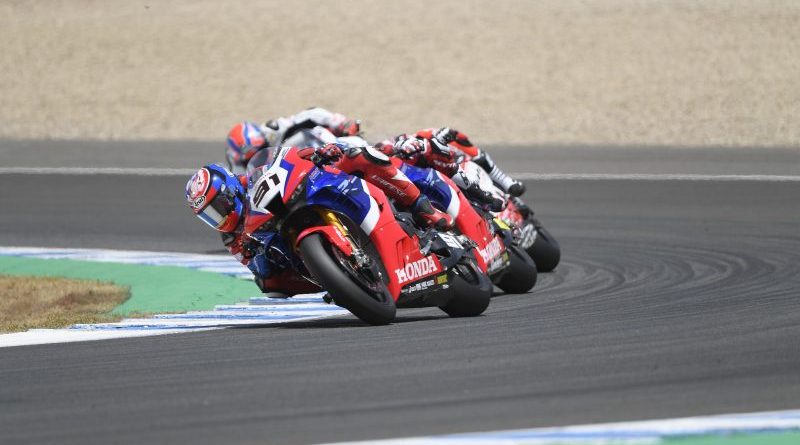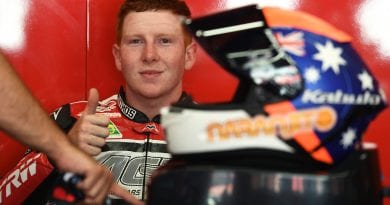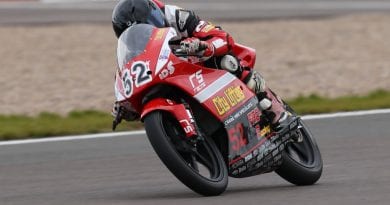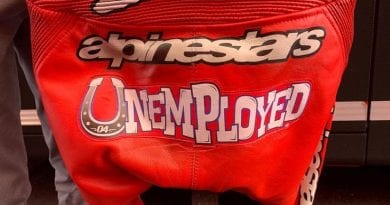Have Honda made a big mistake?
In what was regarded as a superteam before the season started and the one capable of putting a fight against Kawasaki and Ducati at the front of World Superbike field, things are not going according to plan for Honda right now.
When Honda confirmed the return of full factory involvement in the World Superbike championship for the 2020 season, there was much optimism in the air that more involvement from Japan will help turn the tide for the world’s biggest motorcycle manufacturer.
Developing world’s strongest inline-four engine and signing 2019 vice-champion Alvaro Bautista from Ducati to lead a Team HRC charge held much promise for the fans of the Japanese manufacturer.
But just two race weekends into the season, things are looking far from ideal for both Alvaro Bautista and his British teammate Leon Haslam. Honda has delivered on their promise and has built a very strong engine for the brand new CBR1000RR-R, but the results are seriously missing for the time being, with a fifth-place from Haslam at the season-opening race in Phillip Island being the team’s best result so far in what was a very disappointing start of the season. Yes, the bike is brand new, but looking at how the motorcycle worked in both Phillip Island and at Jerez, there is a very distinct feeling that there were some serious mistakes made with bike development in Japan.
Looking from onboard footage, it could be heard that while the CBR is bursting with power, it’s power delivery was pretty aggressive, with Alvaro Bautista describing the motorcycle as a 2-stroke with 1000cc engine displacement, a stark difference to the Panigale V4 R he rode to 16 victories in the previous season. It could also be seen that the Fireblade is prone to understeering, which was mostly seen this past weekend at Jerez, where both factory riders could not pick the bikes up as they wanted to on the corner exit, which didn’t allow them to exploit the power of the engine underneath. Althea MIE Honda rider Takumi Takahashi also confirmed the issue on his privately-run Honda motorcycle. When the heat became worse and tyres started dropping grip levels, it also became clear that the current race bike is prone to excessive front and rear sliding, making the life of its riders even more complicated as it is right now.
So how could something like that happen to a manufacturer as big as Honda? It seems that the main mistake was the fact that the new Superbike, with which Honda wanted to conquer the opposition, was mainly developed at Suzuka, using Bridgestone tyres, which are a lot stiffer than the Pirelli tyres World Superbike championship uses. That simple, yet very big mistake brought severe consequences down the line, as it made Honda’s challenger very unbalanced, with the team realising at the start of testing with Pirelli tyres that its swingarm was way too long and even the shortest of them was still around 4cm too long to make the Italian tyres work as they should. A very strong and aggressive engine brought its own problems with electronics, mainly engine braking, whilst the chassis was built without any previous references or any tests which would ensure the design being correct to fit the engine characteristics.
Due to those reasons, their riders fear that next race in Portimao, which is this coming weekend, could leave them in an even worse position than they were in either Phillip Island or at Jerez, whilst the short season also means finding a solution to cure the problems is unlikely before the end of the year.
Featured Image Credit: wsbk.hondaracingcorporation.com




